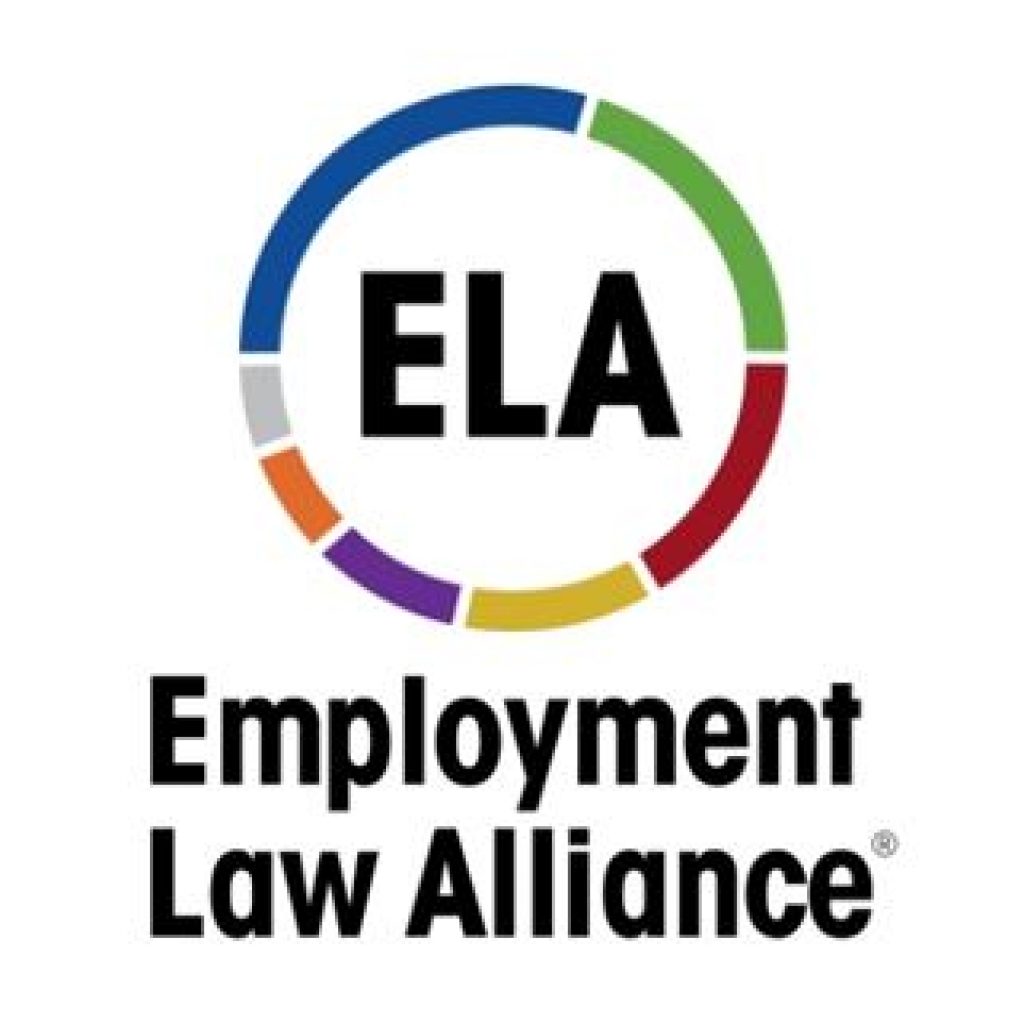NLRB Expands its Make Whole Remedy to Include “Direct or Foreseeable” Financial Harms
On Tuesday, December 13, 2022, the National Labor Relations Board issued a wide-reaching decision expanding the remedies available to workers subjected to unfair labor practices by either unionized or non-union employers. In Thryv, Inc., the Board stated it will add compensation “for all direct or foreseeable pecuniary harms” to its customary “make-whole” remedy, which typically has consisted of back pay along with reinstatement. The Board will consider “all direct or foreseeable pecuniary harms” in any case that calls for relief to make employees whole for unfair labor practices, not just egregious violations. The Board, however, declined to extend make-whole relief to pain and suffering or emotional distress, as advocated by its General Counsel, or to front pay, compensation for legal fees, or heightened bargaining remedies, as sought by other interested entities through amici (i.e. “friend of the court”) briefs.
While the new remedy at its disposal certainly appears akin to a consequential damages remedy (i.e. damages that do not arise directly from a wrongful act, but result as a natural consequence), the Board expressly declined to label it as such.
What does this new remedy encompass? According to the Board, “direct or foreseeable pecuniary harms” could cover items such as “out-of-pocket medical expenses, credit card debt, or other costs simply in order to make ends meet.” As noted by the dissent, such damages are highly speculative. It is unclear how far down the chain of causation the losses from the unfair labor practices must proceed for the loss to be considered too attenuated and thus not foreseeable.
This will make it exceedingly difficult for employers to evaluate potential damages when assessing the risks of personnel and bargaining decisions. How can an employer reliably predict costs one may incur to make ends meet after an employee is terminated, or an individual’s out of pocket medical expenses? Moreover, this will lead to more cumbersome, complex, and costly proceedings in what is already an expensive and time-intensive process. Indeed, back pay computations are generally formulaic, but delving into more detailed personal and financial circumstances and decisions for each individual will significantly intensify the damages portion of proceedings.
When evaluating personnel and bargaining decisions employers should be mindful of the new risks associated with unfair labor practices. In particular, employers may need to factor in the outplacement services that a terminated employee may or may not decide to obtain, the future medical procedure they may have to pay for out of pocket, or ensuing credit card debt consisting in part of their grocery bill, cable bill, car payment, and children’s school expenses.







